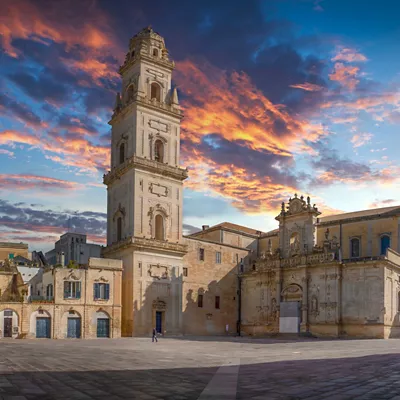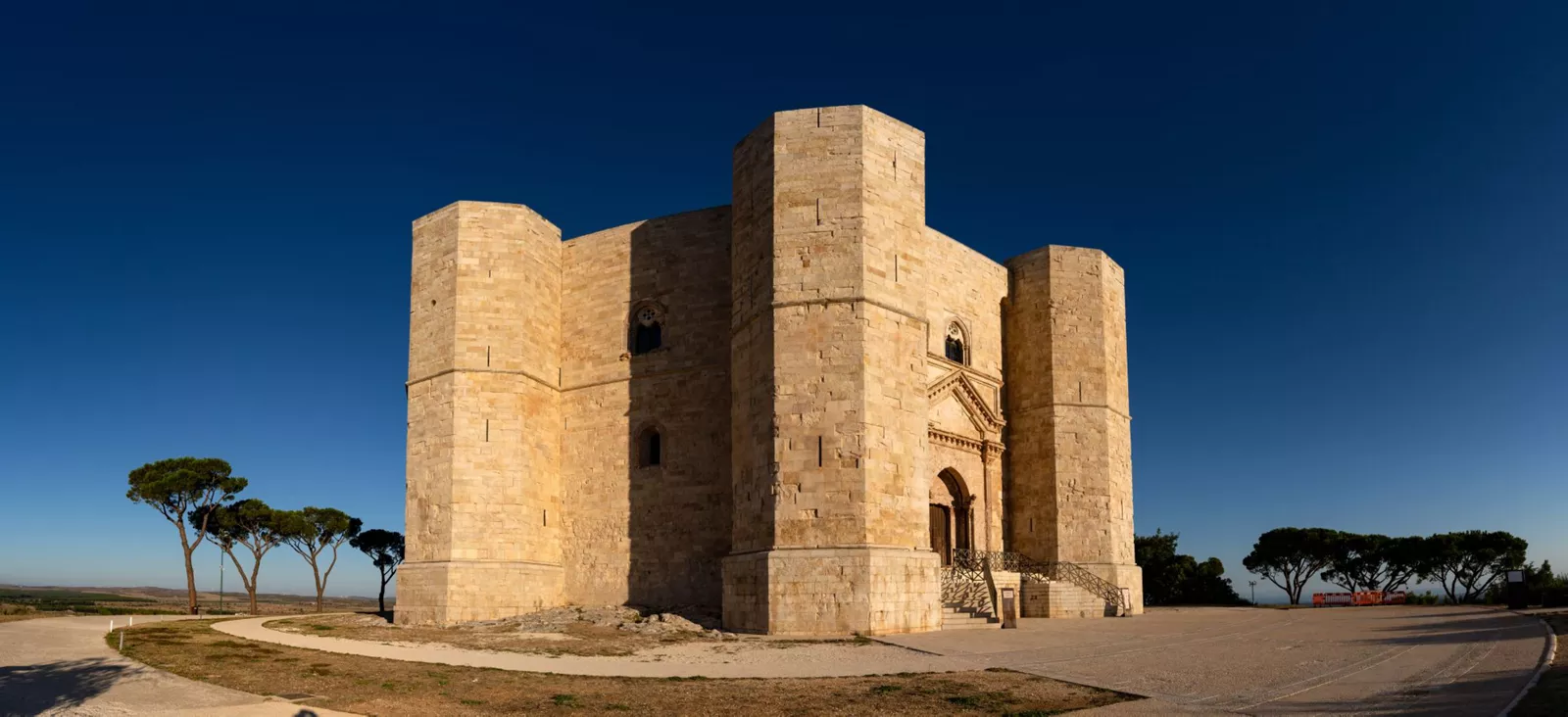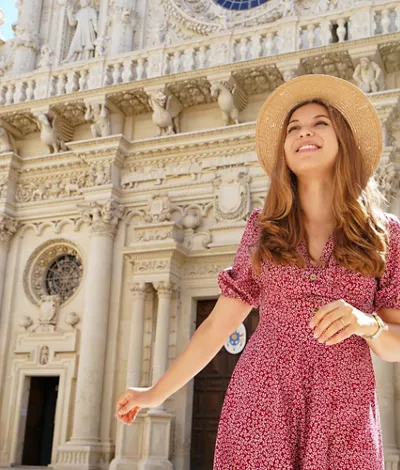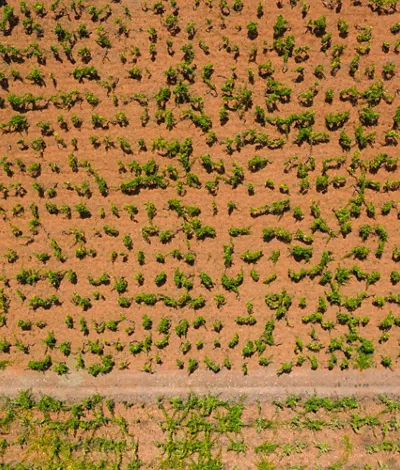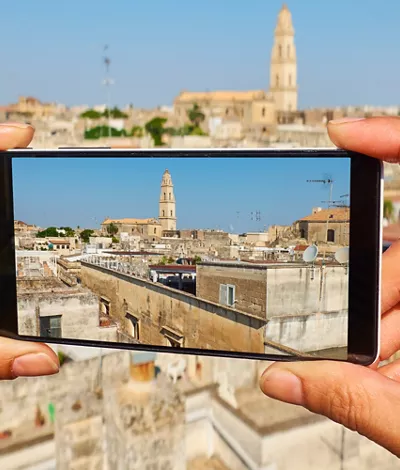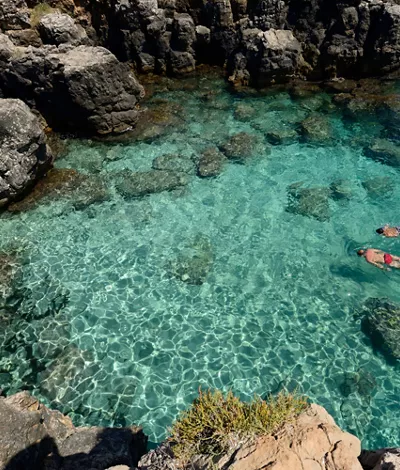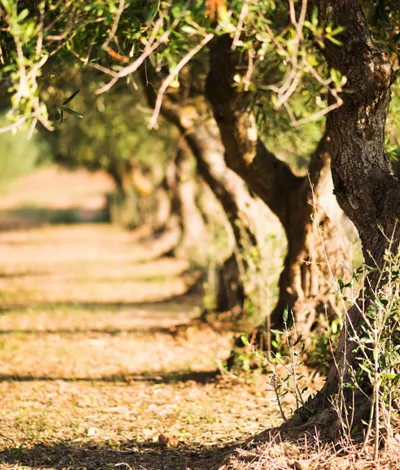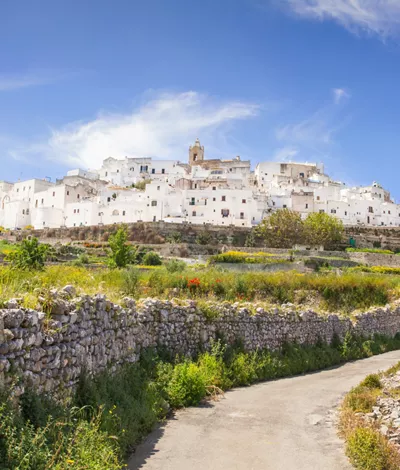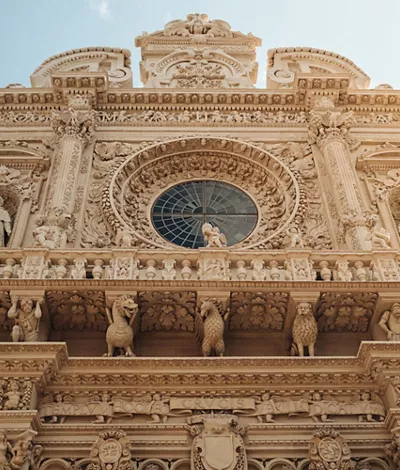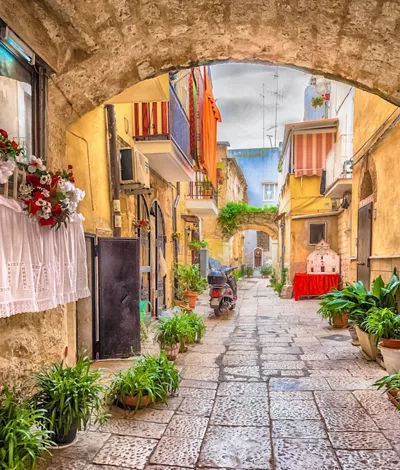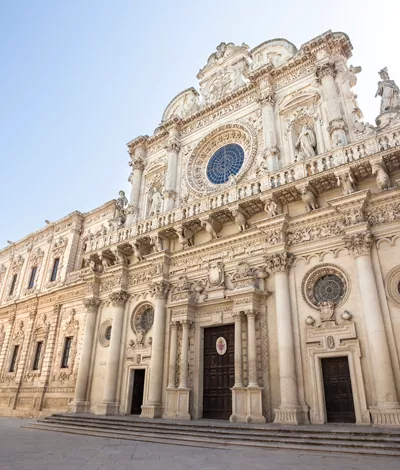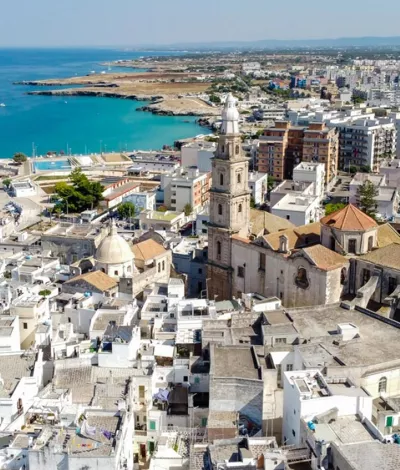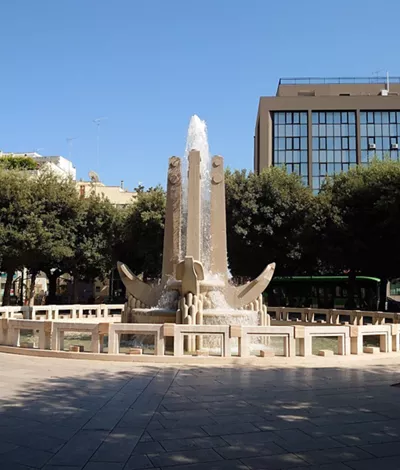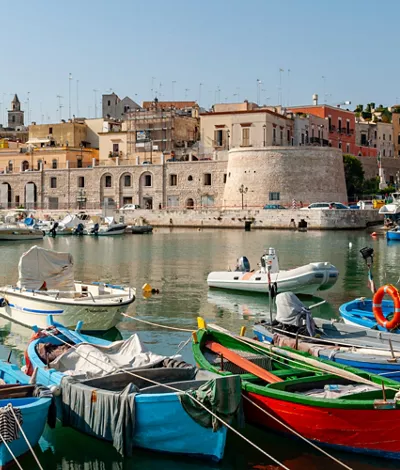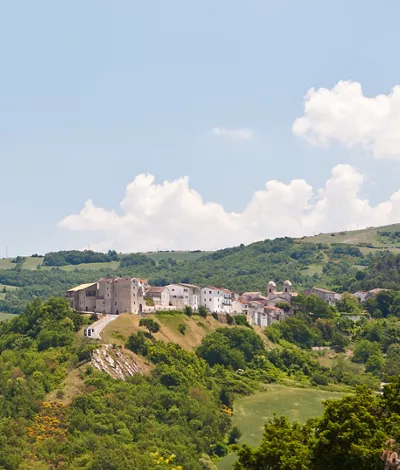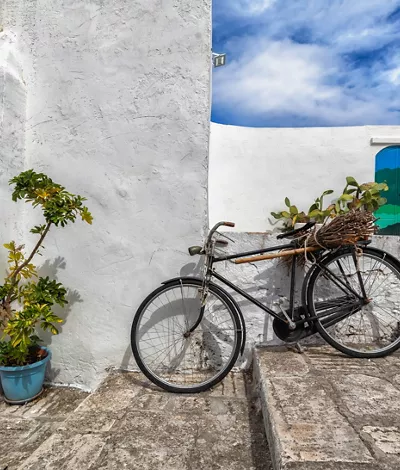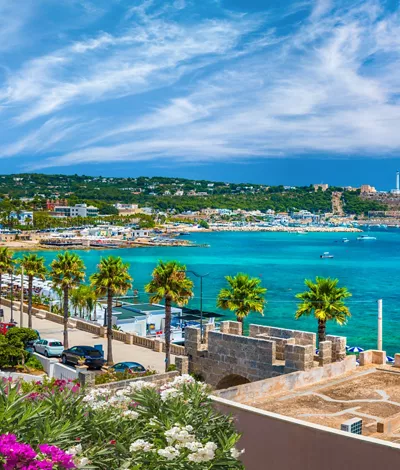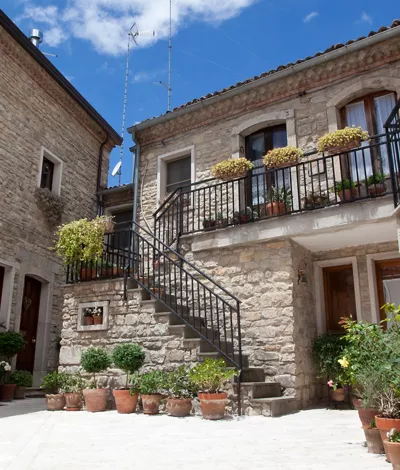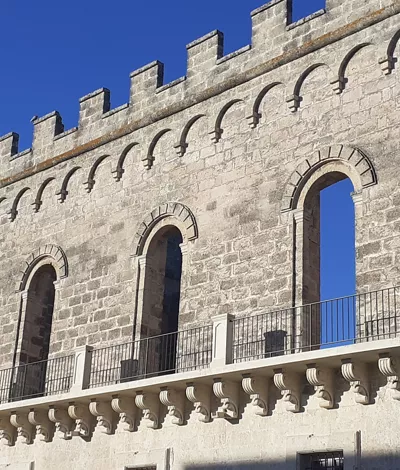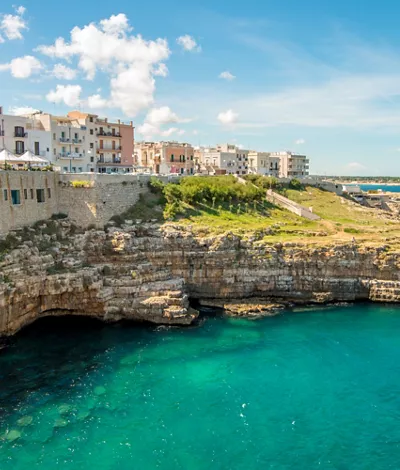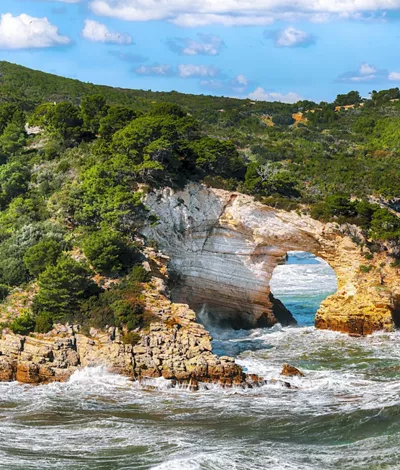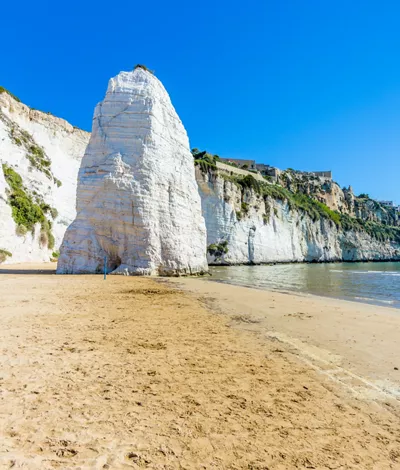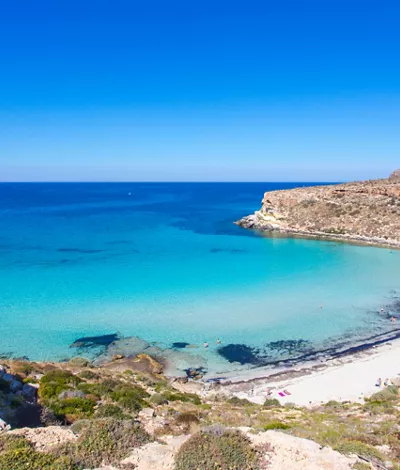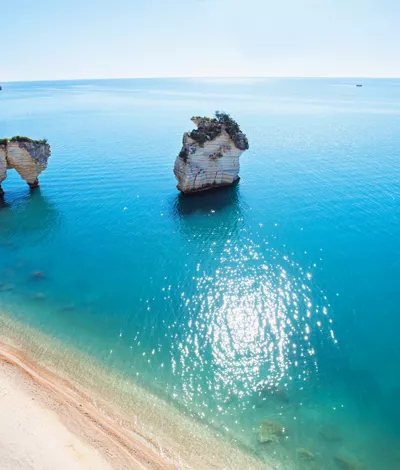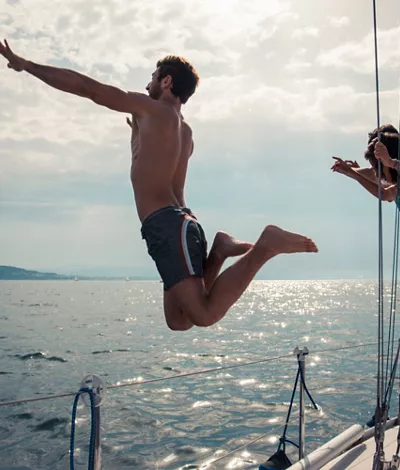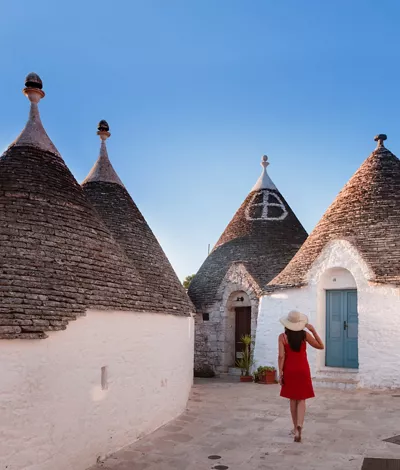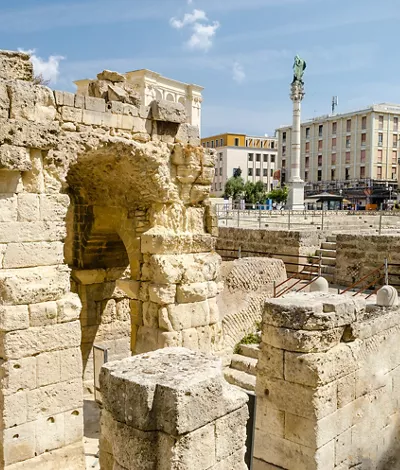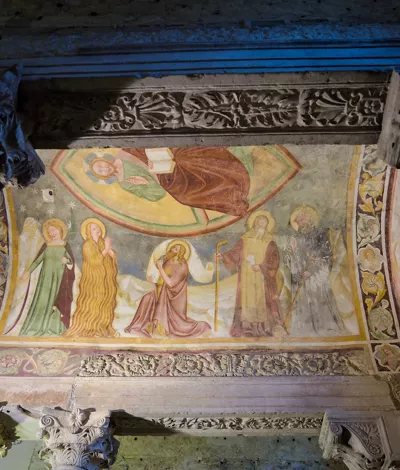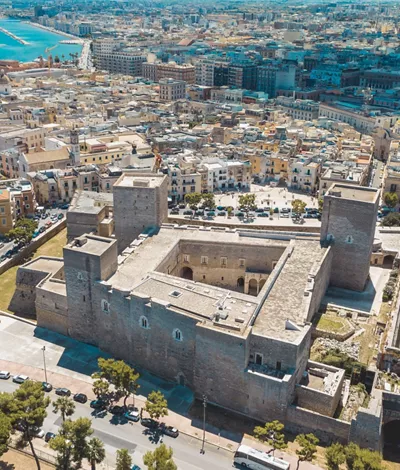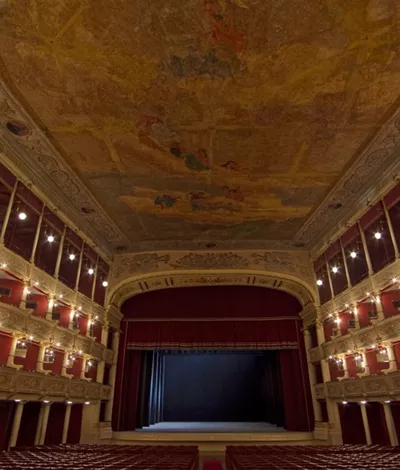Apulia: the sunny region between two seas and warm hospitality in places rich in history
Located in the heart of the Mediterranean, it is a magical combination of artefacts, history, art and unspoilt nature, amidst beautiful coastlines and picture-postcard landscapes. This is Puglia, a region of golden beaches and crystal-clear waters, intense flavours and fascinating destinations: Castel del Monte, the trulli, the islands passing through towns kissed by a unique and unforgettable light.
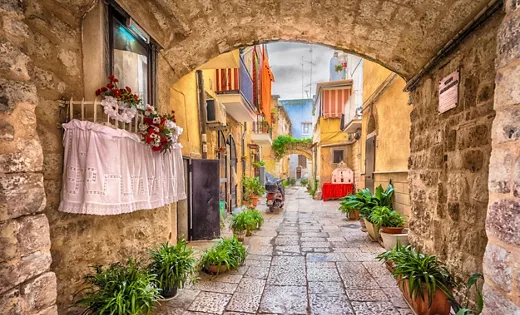
Bari
Dive into the heart of Bari, the stunning capital of Apulia that has become a bridge between the East and West. A preeminent city where traditions and intense flavours flourish in their most genuine expression, Bari has a breathtaking waterfront and a quaint old town. A wonderland of art and history, it is impossible not to fall in love at first sight and long to return.
Discover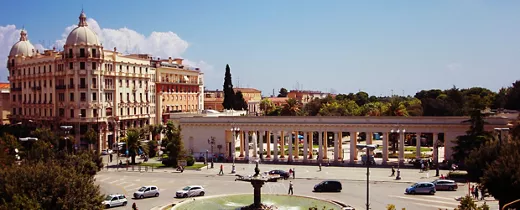
Foggia
In the heart of the Tavoliere delle Puglie In the centre of the Tavoliere delle Puglie plain lies Foggia, halfway between the Gulf of Manfredonia, the Gargano Promontory and the Daunia Mountains. The city has a largely well-preserved historic centre despite the 1731 earthquake and the bombing that it suffered during World War II. The most fascinating monument is the Cathedral: built in the 12th century and modified several times, it still retains much of its Romanesque-style façade. Few people know that the city centre is criss-crossed by a far-reaching series of underground chambers. These include hypogea and cellars, constructed at various times throughout history with different functions. The most renowned hypogeum is that of San Domenico. About 12 kilometres from Foggia, located in a protected area, is the Bosco Incoronata Regional Park, home to countless bird species, as well as fallow deer, wild boar and various reptiles. The area covers Valle del Cervaro and the Sanctuary of the Madonna Incoronata, a popular pilgrimage destination. Still on the subject of religious tourism, we recommend visiting the town of San Giovanni Rotondo, home for many years to Padre Pio, whose remains are preserved there. The municipality is located in the Gargano National Park, which is famous for its characteristic karstic landscape and sinkholes.
Discover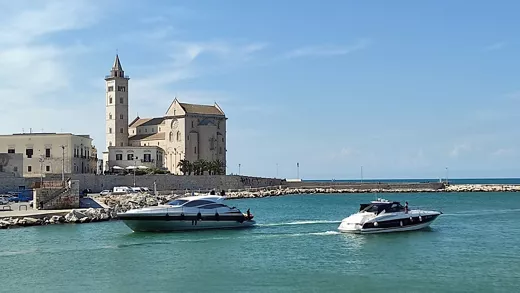
Barletta-Andria-Trani
The castles of Frederick II, overlooking the sea The province of Barletta-Andria-Trani offers countless wonders, starting with its famous castles, such as the Norman Barletta Castle, transformed by Charles V into an invincible fortress that today houses the civic museum. Be sure to visit Via Cialdini, and in particular the Cellar of the Challenge, the scene of the famous Challenge of Barletta, which pitted the French and Italians against each other after an argument over dinner. Then there is the Romanesque-Gothic Cathedral of Santa Maria Maggiore and its catacombs, the 13 kilometres of coastline, and the De Nittis Art Gallery dedicated to Impressionist art. Trani stuns all who visit with its spectacular Trani Cathedral dedicated to Saint Nicholas built on the seashore, constructed out of pink-hued local stone. In this one building, you can find a church, a crypt, a hypogeum and a 59-metre-high bell tower. Twenty kilometres from Andria, in the Alta Murgia National Park, is Castel del Monte, an octagonal fortress built by Frederick II in 1240 featuring the recurring use of the number 8 in its layout: 8 halls and 8 towers at its 8 corners. Between Bisceglie and Corato is the Dolmen of Chianca, among the largest and best preserved in Europe. Bisceglie is home to a splendid cathedral dating back to 1073. In Canosa di Puglia, don’t miss the 12th-century Mausoleum of Boemondo d’Altavilla, now part of the cathedral.
Discover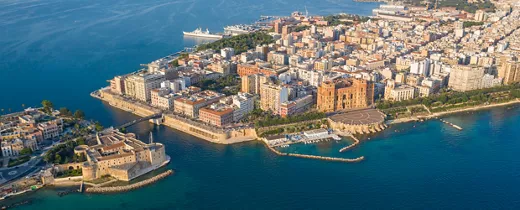
Taranto
One of the most famous colonies of Magna Graecia, the 'City of the Two Seas' lives in symbiosis with the Mar Grande, bordered by Punta Rondinella and Capo San Vito, and the Mar Piccolo, a semi-enclosed basin. A fascinating intertwining of history and culture, between the old town and the modern city, linked by two bridges: the stone bridge, built after the flood of 1883, and the swing bridge, inaugurated in 1887, a fascinating symbol of the great works of mechanical engineering. The ancient remains are kept at the National Archaeological Museum, the Marta, where it is possible to admire the famous 'Ori di Taranto', refined productions of the local goldsmith's art, as well as the immense collection of archaeological finds. The patron saint's festival in honour of San Cataldo, in which the boats of the different city districts compete in the characteristic palio, is very suggestive. A privileged occasion to taste the famous Taranto mussel, undisputed queen of the table, both cooked and raw.
Discover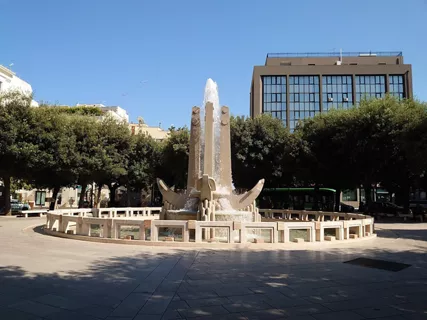
Brindisi
The wonders of the Gateway to the East Brindisi is the perfect combination of remnants of Ancient Rome, evidence of later dominations, and modern spaces with clubs and restaurants offering the best Apulian specialities. As you admire views of the sea and the magnificent city harbour, you can walk around the historic centre to enjoy the city’s most striking features. Crossing Piazza Duomo, the city’s oldest square, don’t miss the Cathedral and the Archaeological Museum. Nearby, in the former Scuole Pie complex, is the Pinacoteca Comunale museum, home to the Nuovo Teatro Verdi theatre foundation and the Brindisi Tourism Department. Be sure to enjoy exploring the maze of narrow streets and alleyways, such as those in the San Pietro degli Schiavoni district. The three most popular shopping streets start from Piazza della Vittoria. Near the harbour, surmounted by the Roman Columns, you will find the famous, monumental Virgil’s Staircase, where up to 900 people flock to sit during events and celebrations: you can climb it while counting the steps one by one, as long as you are not in a hurry. By taking a motorboat, you can reach Casale, the residential district of the city, on the opposite bank, with views of the Monumento al Marinaio memorial. On the terrace – accessible via a lift, followed by a stretch of about ten steps – you can admire the enchanting panorama that embraces the harbour and the whole of Brindisi. For children, there is a historic playground near the memorial.
Discover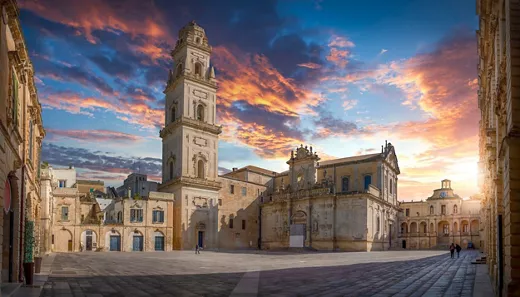
Lecce
The beating heart of Salento, Lecce enchants visitors with its stunning Baroque historic centre and the splendid sea right on its doorstep. Lecce has an unmistakable style, with monuments dating back to Roman times and, most notably, its extraordinary 17th-century buildings that proudly bare the characteristic blonde colour of the local stone. The atmosphere is vibrant and bustling. During the day, you can while away the hours sunbathing on its beaches, only a few kilometres from the city. In the evening, the city centre will entice you with its elegant, timeless alleyways and delicious local delicacies.
Discover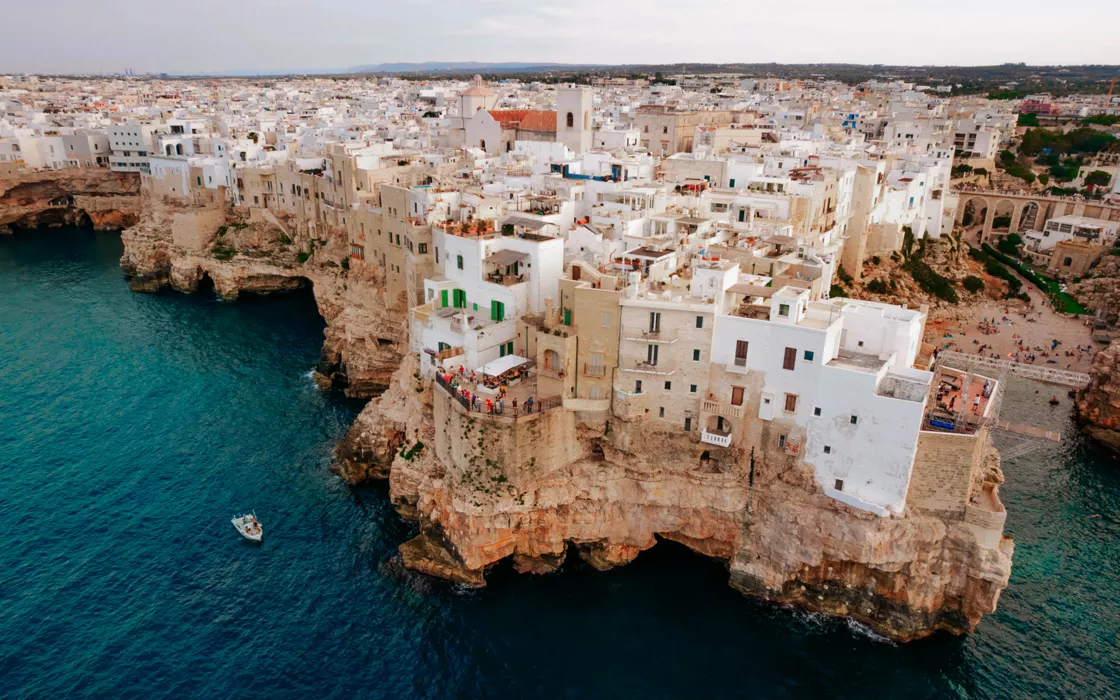
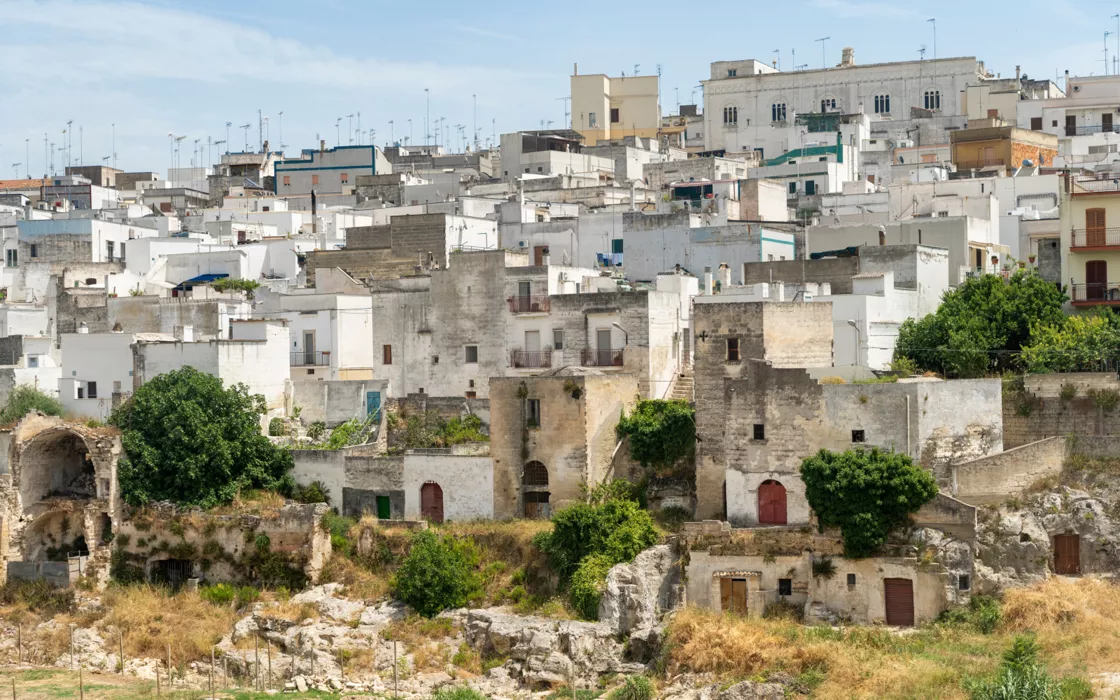

Exploring Apulia by bicycle: an itinerary from Gravina to Ginosa
Learn more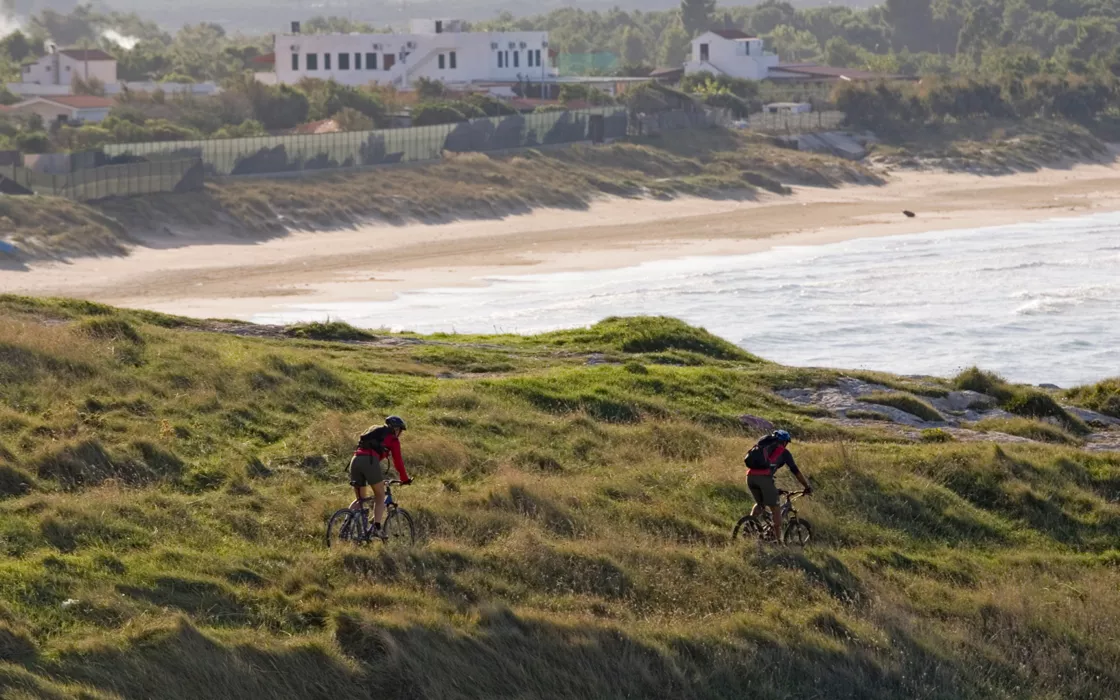


At the court of Frederick II of Swabia between the Land of Bari and Castel del Monte
Learn morePulsing heart of the Mediterranean, cradle of ancient civilisations and with a spectacular sea
Apulia: the sunny region between two seas and warm hospitality in places rich in history. Located in the heart of the Mediterranean, it is a magical combination of artefacts, history, art and unspoilt nature, amidst beautiful coastlines and picture-postcard landscapes. This is Puglia, a region of golden beaches and crystal-clear waters, intense flavours and fascinating destinations: Castel del Monte, the trulli, the islands passing through towns kissed by a unique and unforgettable light.
